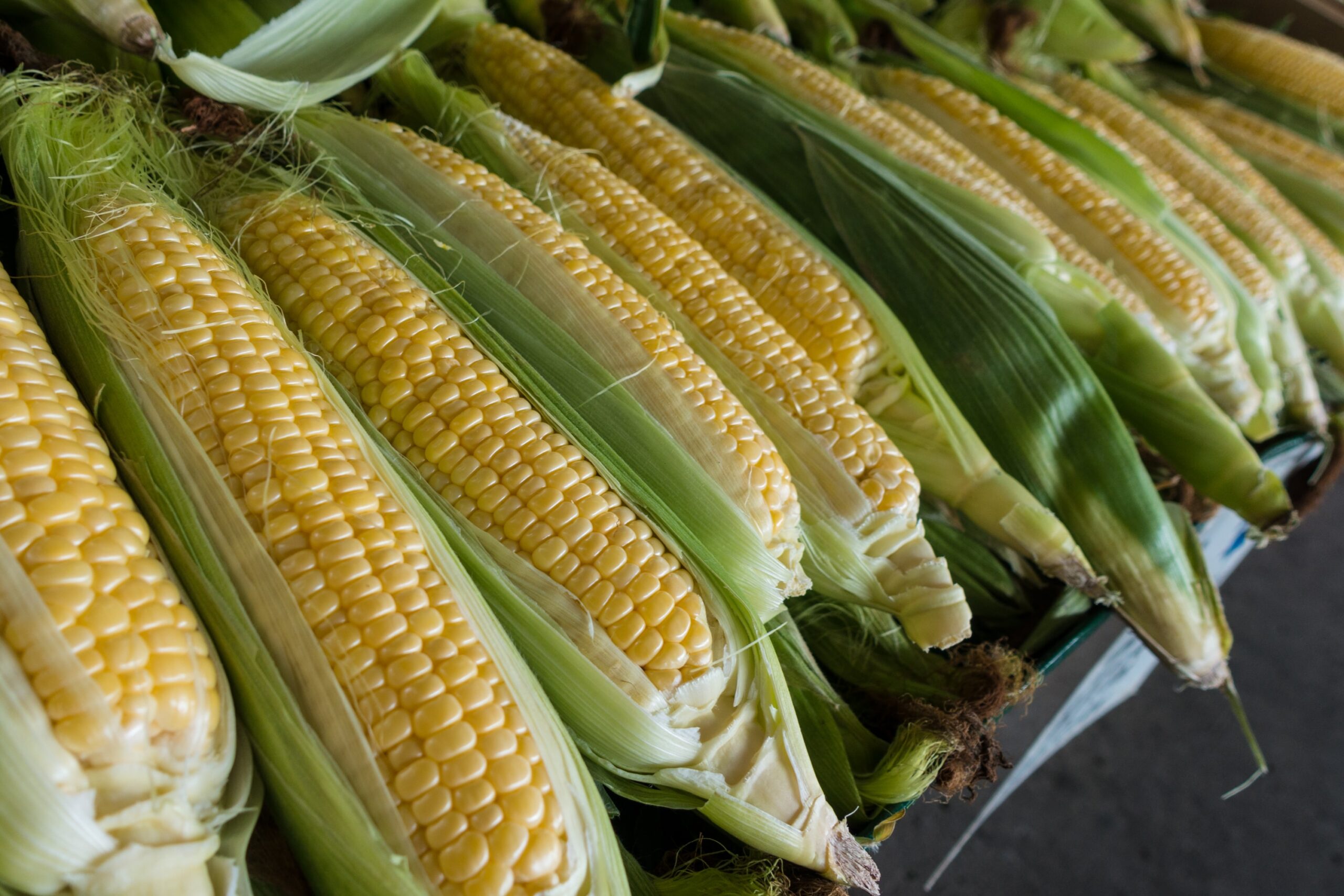Main Highlights:
- How to grow sweet corn
- How to choose the perfect site
- Perfect fertilizer for maximum growth
Wondering about how to plant the members of the grass family the yummy and sweet golden corn in your garden? Here is how you can achieve this task with some right efforts. Sweet corn is also known as sugar corn or pole corn. It is a variety of maize grown with high sugar content.
Wrapped in a lime-coloured husk with silk, sweet corn contains numerous yellow succulents kernels. The consistency of which is starchy and doughy. In this article we will be covering all the important points you need to know to grow sweet corn in your garden.
Usually for home gardens where the area is smaller the corn should be planted in square blocks instead of long rows. This is done to improve cross-pollination between corn stalks. Just like other vegetables corn grows best in the area with plenty of sunlight.


Corn plants belong to Native America where they are grown traditionally with a technique called the Three Sisters. Along with the corn, the other two plants which are grown are beans and squash. Corn serves as the support for the vining beans. On the other hand, squash serves as a ground cover as it prevents weeds from growing.
While the beans provide natural fertiliser to the soil.
How to choose the site
For corn, the area preferred usually has a pH range between 5.5 and 7.0. Areas rich in sandy soil have a pH level lower than this which may cause the corn to suffer from magnesium deficiency. Corns come in a variety ranging from normal sugar to shrunken or popcorn. Always choose the area having a ph range mentioned above.
Soil Preparation
In order to plant corn, remove the weed beforehand to avoid any deterioration afterwards. Along with weeds also keep a check on rocks and trash for up to 8 to 10 inches of the soil before planting. Work in the soil only when it dries out. Make sure it is dry enough to not stick to the garden tools.
How to choose fertilisers
Two to three pounds of fertiliser is enough for every 100 square feet of the field area. The fertiliser should be evenly spread over the soil. Also, make sure that the fertilisers do not go beyond 3 to 4 inches deep. To smoothen the surface, rake the soil.
Planting
Sweet corns thrive in warm and moderate temperature conditions. Before planting the corn make sure the soil is warm and there is no danger of frost. After the leaves start to appear in the corn you can start planting again. Leaves usually start to appear two to three weeks after the plantation. So you need to be observant during this phase.
For every 100 feet of the row, you need at least one to two ounces of seeds. Always prefer to sow new seeds on the plantation. Seeds saved from previous years’ corn plantations will not grow a good crop. Keep in mind that sweet corn grows best when planted in several short rows instead of one long row.
This helps in the cross-pollination of plants. Good pollination is necessary for ears of corn to have plump, juicy kernels and largely affects the taste of the corn.
Watering
While watering the sweet corn plants make sure you water them enough to prevent the plant from wilting. Especially during kernel formation, the plant should not suffer from the lack of water. How or till the soil just under the surface.
While hoeing, the deep hoeing will cut the corn roots, which are close to the top of the soil. When the plants turn about two feet tall, start using fertilisers. Use one cup of fertilisers for every 10 feet of the garden row. The fertiliser should be evenly scattered between the rows and lightly mixed with the soil to spread out evenly.


Harvesting Period
Three weeks after the teasel grows on top of the corn plant the corn becomes easy to harvest. Corn is considered ripe when the juice from the kernels is milky white and the silk on the ears has turned dark brown. The best time to pick corn is in the early morning.
To harvest, hold the stalk below the ear and twist the tip of the ear towards the ground until it breaks off. Make sure to store the corn in deep refrigerators. Corn has the tendency to lose flavour and nutrients at high temperatures.
Diseases
Corn plants fall prey to several diseases which can stunt the growth of the plants. To keep your plants healthy ensure any changes at an early stage. Also keep a check on insects like corn earworm, European corn borer, Fall armyworm, Flea beetle, and Grasshopper. They can hinder plant growth.










Leave feedback about this